On the third and fourth days of the Neolithic Greece and Adriatic Highlights itinerary with Atlas Ocean Voyages, we stopped in Katakolon, the gateway to Olympia, and Fiskardo, on the scenic island of Kefalonia. One was worth it, the other not so much. It was a lot like the previous ports of Mykonos and Itea.
Atlas is a new cruise company, but it is still finding its way with certain aspects of its line. Some meals have only been adequate, and some have been substandard. Its Wi-Fi program needs improvement. But its greatest area of need is probably with shore excursions. Granted, most have been excellent, like all the ones I’ve been on so far. But the one in Olympia was just fair. I’ll get to that shortly.
My fellow guests did a rather pricey tour involving visiting a vineyard with lunch on Kefalonia. To make a long story short, they experienced a harried and obnoxious guide who rushed them during the wine tasting and told them they needed to return to the ship. She drank from one person’s cup without asking. The bus driver was even worse, inexplicably keeping the air conditioning off most of the time. Toward the end, the guide even suggested a gratuity for herself and the driver. Not surprisingly, no one did.
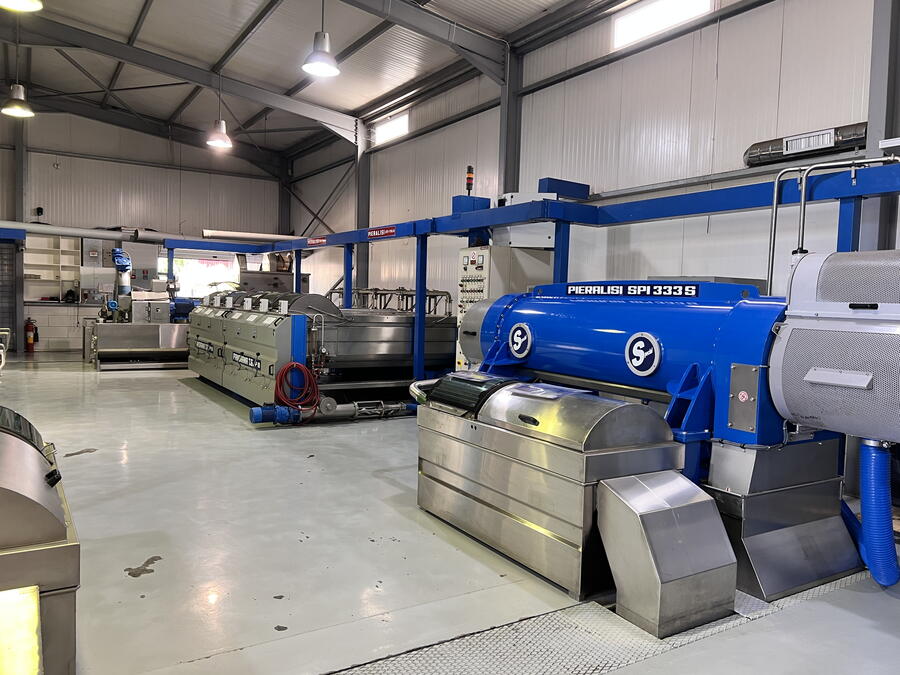
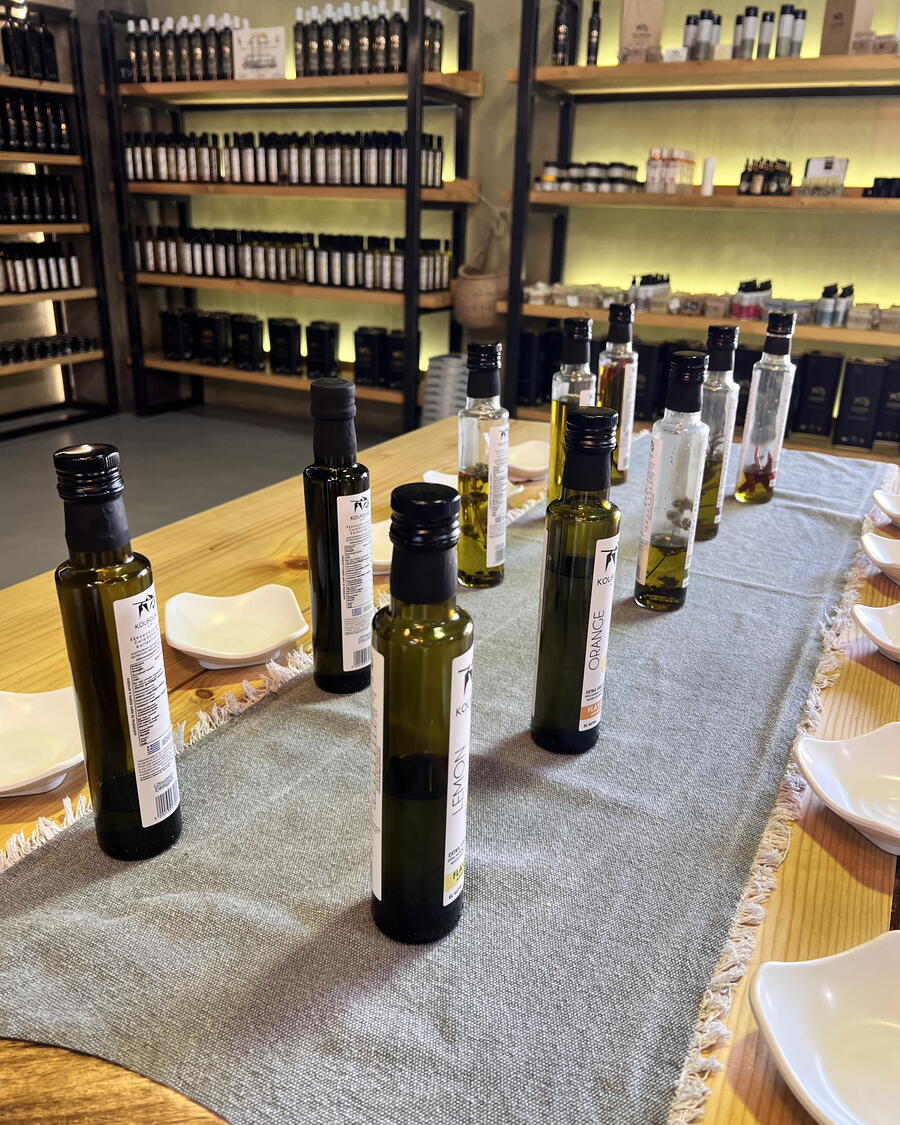
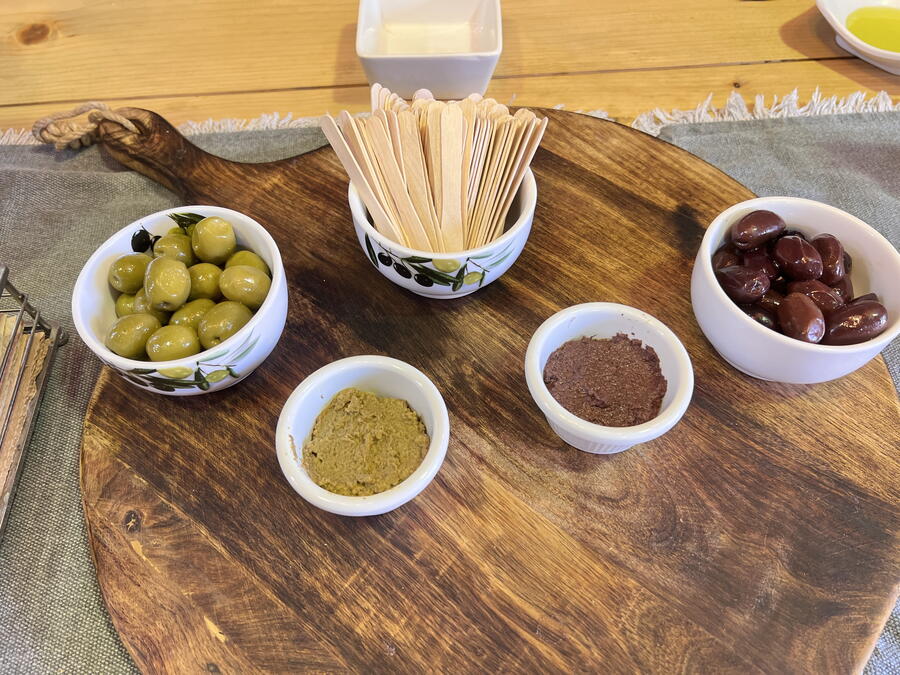
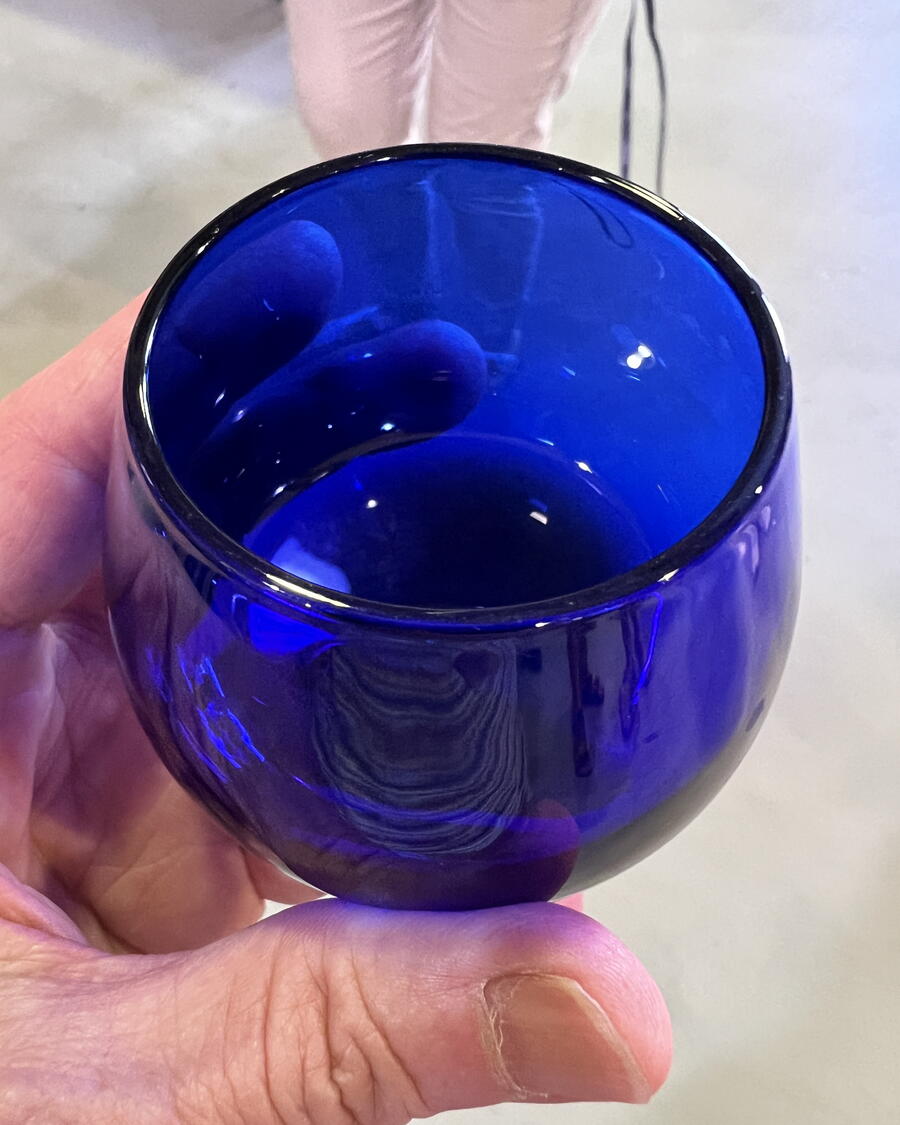
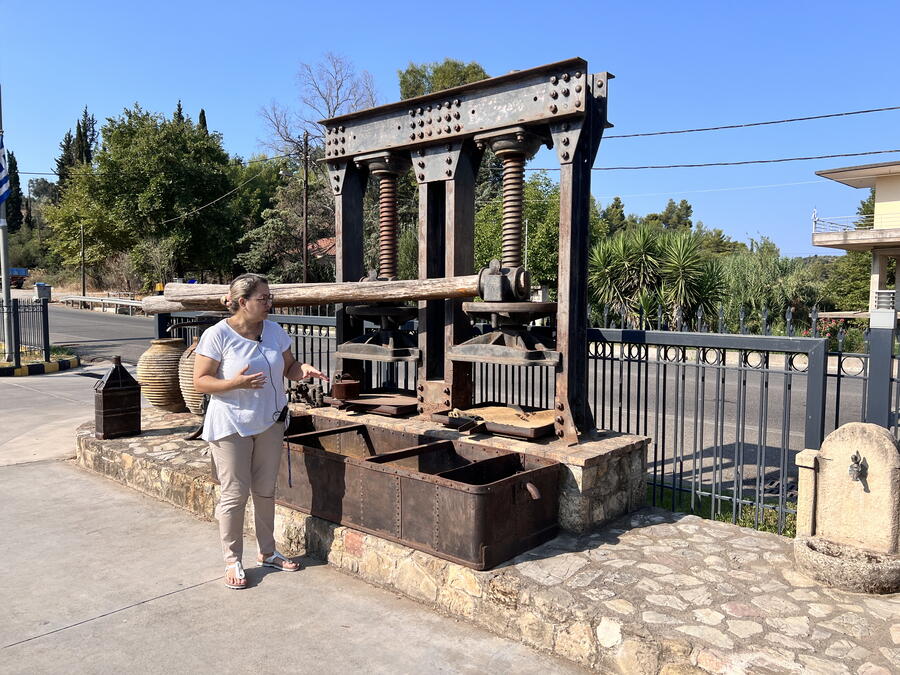
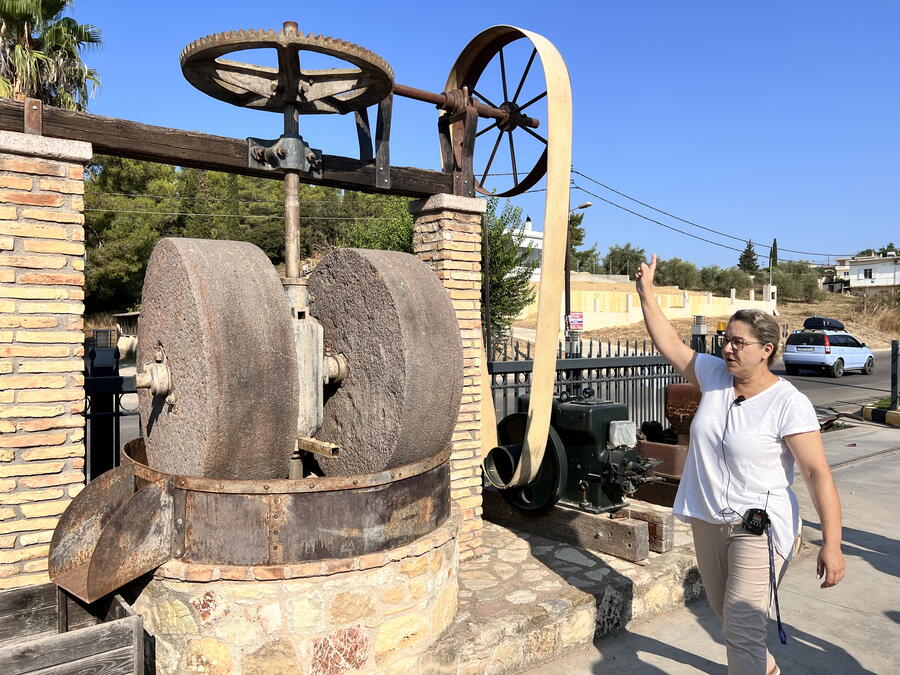
Olympia: olive oil and Greek wine
Luckily, I haven’t tolerated anything like those guests did. I must admit, this culinary excursion wasn’t unique. I’ve already done it in Italy and France, just with Greek products. Of course, that’s not to say they weren’t good - the olive oil and wines were fantastic. But I am wondering if this is something every food tour in the southern Mediterranean does. Maybe I was expecting souvlaki, stuffed grape leaves or lamb moussaka, but that wasn’t meant to be.
The Oilympia Olive Oil Mill was in an industrial warehouse, with a few olive trees growing around the premises. Most of the olives processed here are from local farmers, who then get a cut of the sales. One of the managers, Eleni, showed us the process, from washing to pulverizing into a paste, extracting the oil and bottling. She also explained their different products, like soap, lotion, and facial cleanser.
Here is a fun fact: Greeks take a tablespoon or so of olive oil every morning for health benefits. It allegedly aids in cardiovascular functioning, immunity and energy. I am unsure if I would do this, but it’s probably better than taking cod liver oil—and it tastes much better.

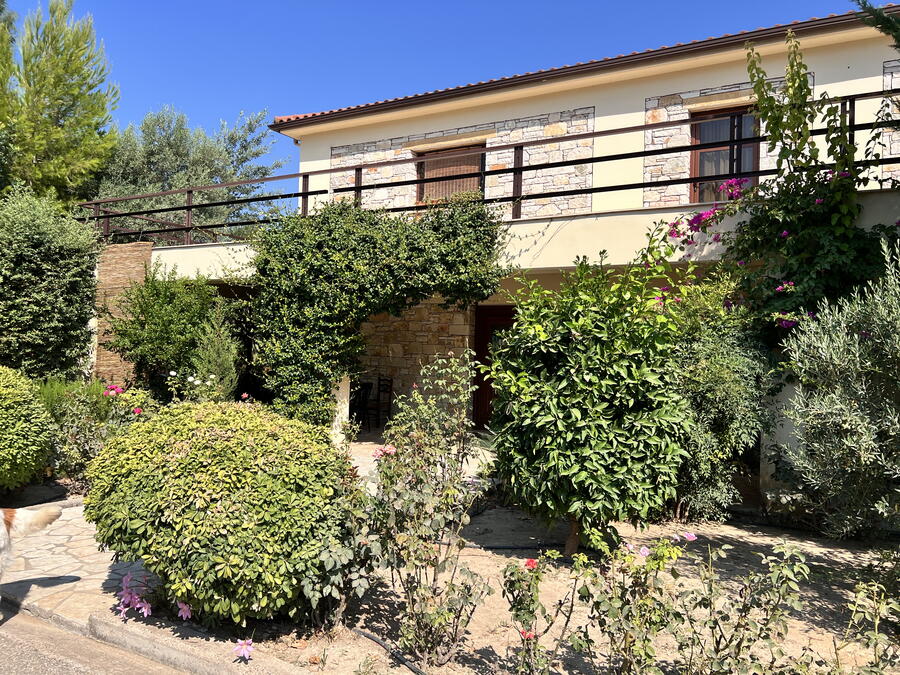
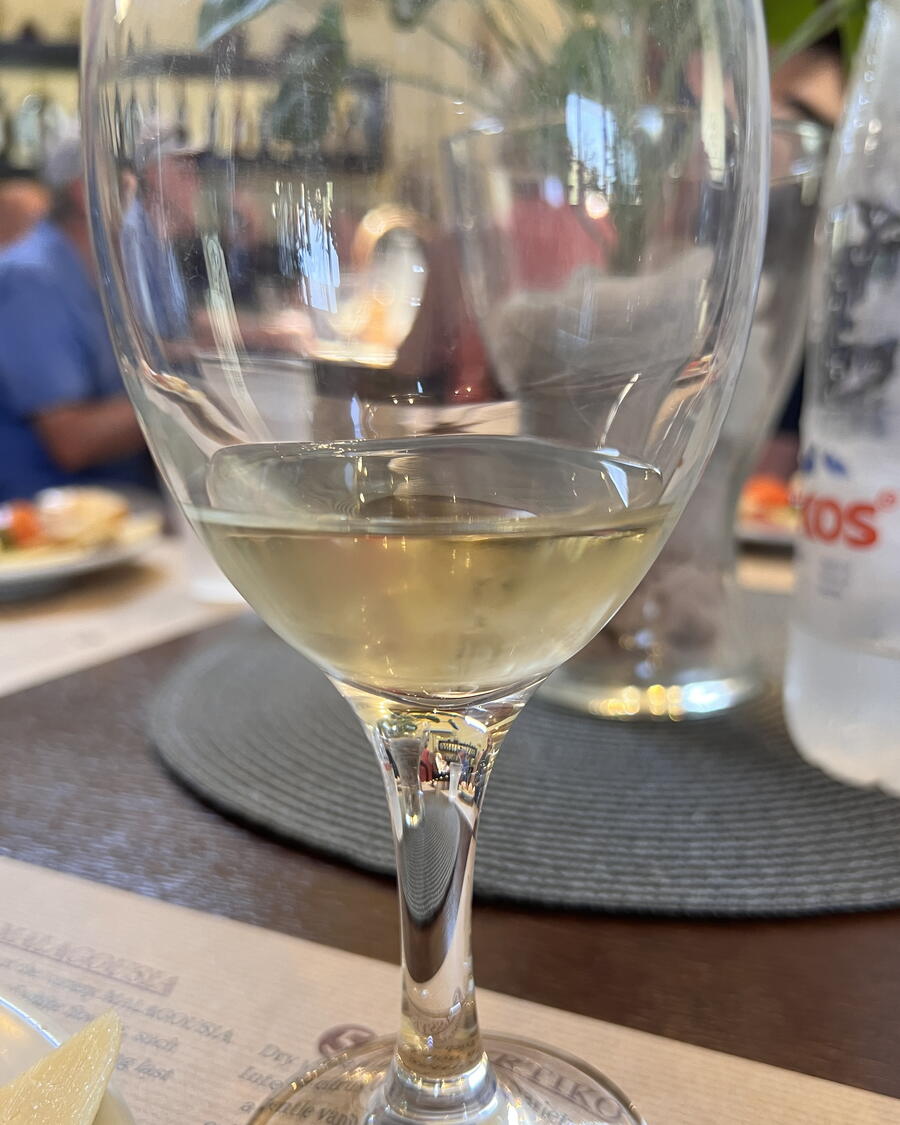

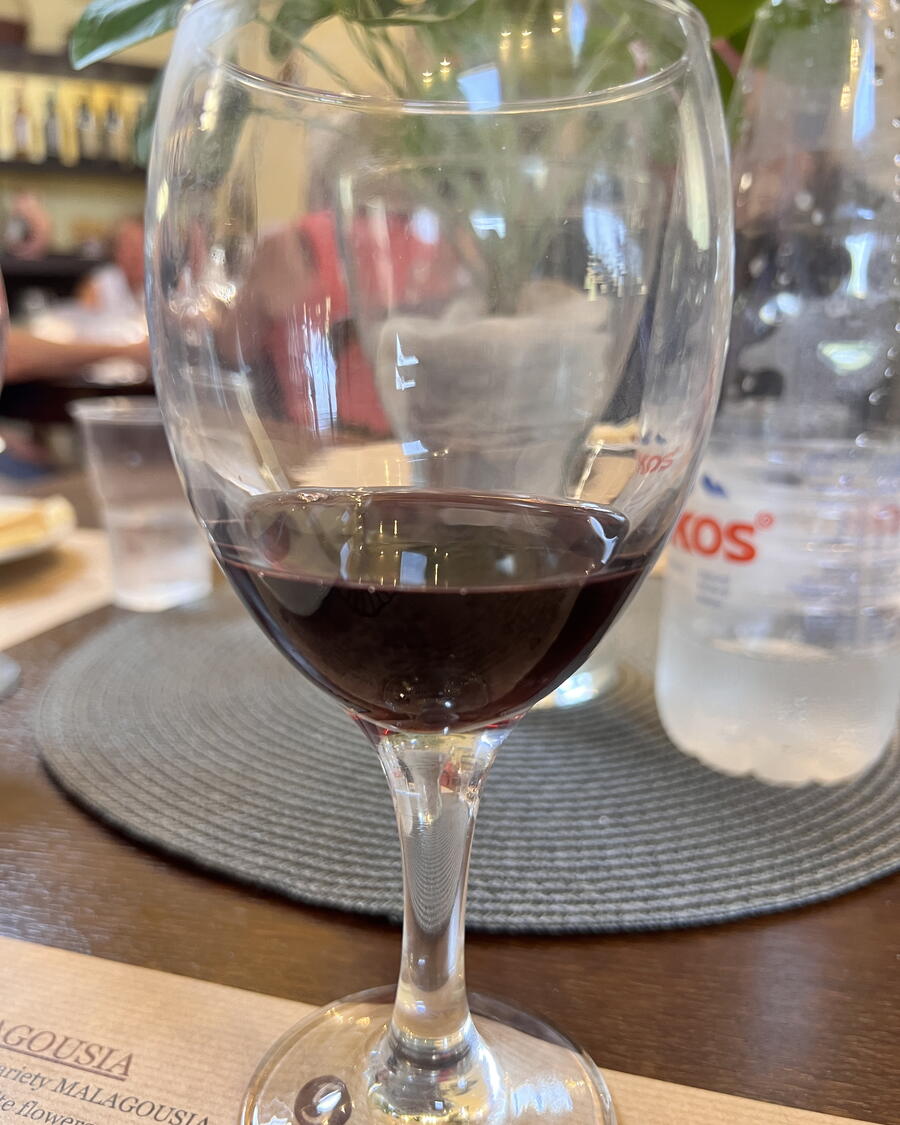
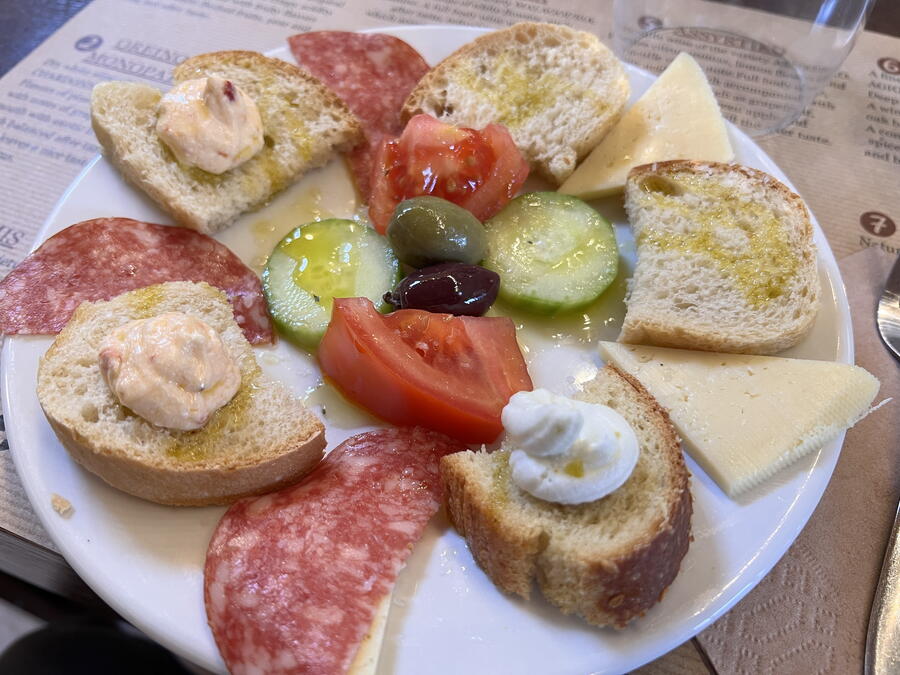
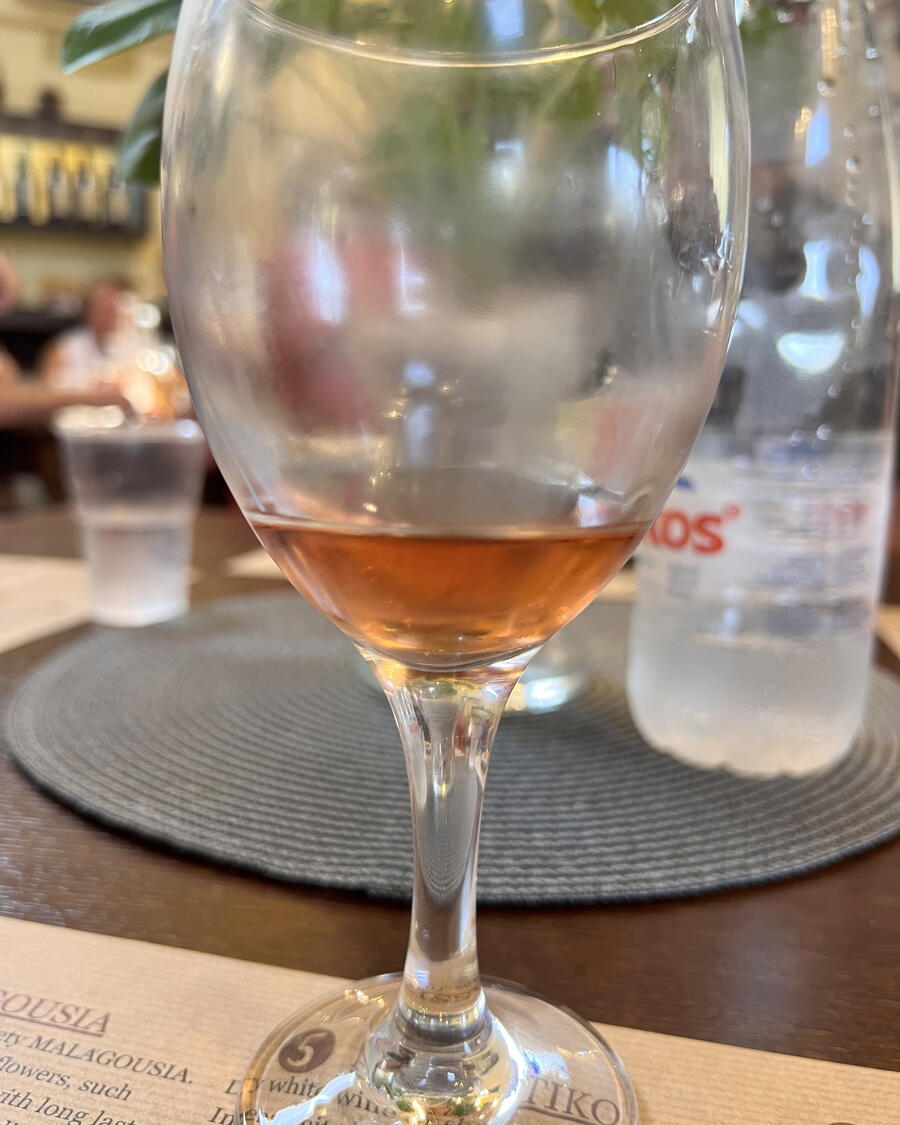
On our next stop, at the Olympia Land Estate, it was more about the wine tasting than the making. The most interesting fact about Greek wine is that it is like the winery in Mykonos. Anything not ouzo or grappa is mostly imported because the production is small. So, it’s a treat to enjoy this truly local wine from native grapes like Assyrtiko, like a Chardonnay. We also enjoyed some cured meats, cheeses, olives, hummus and bread.
If there were one thing I could recommend to the cruise line, it would be to find unmistakably Greek food. Then, I would be a happy cruiser.
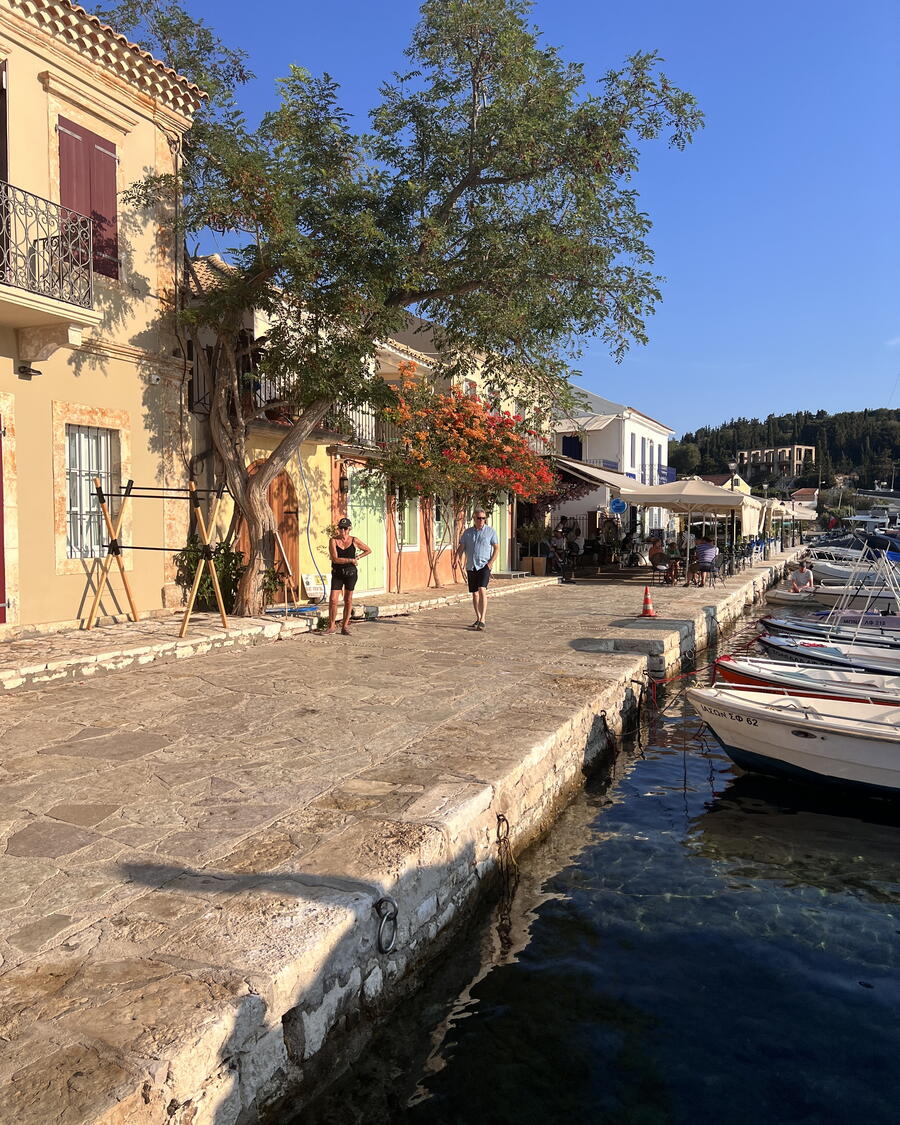
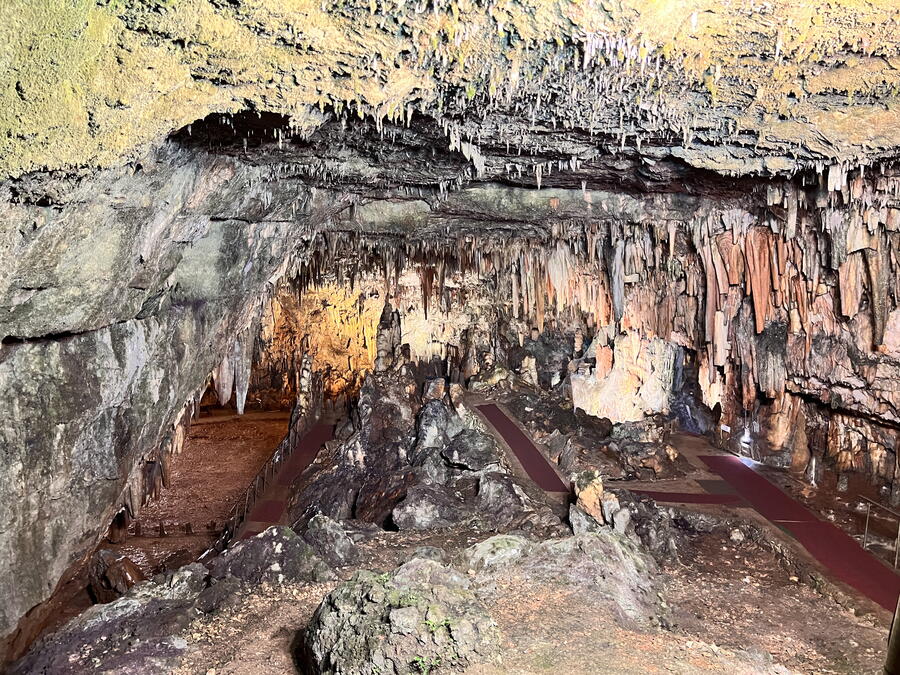
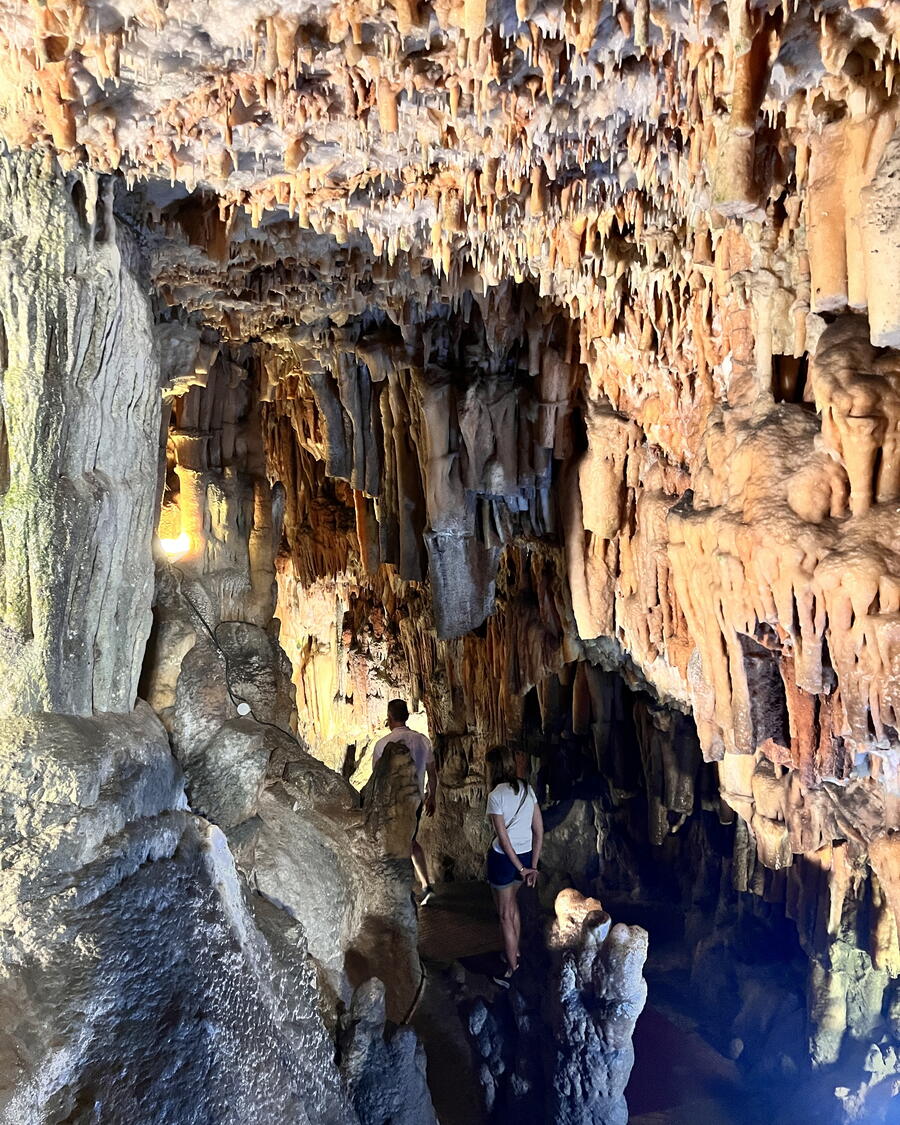

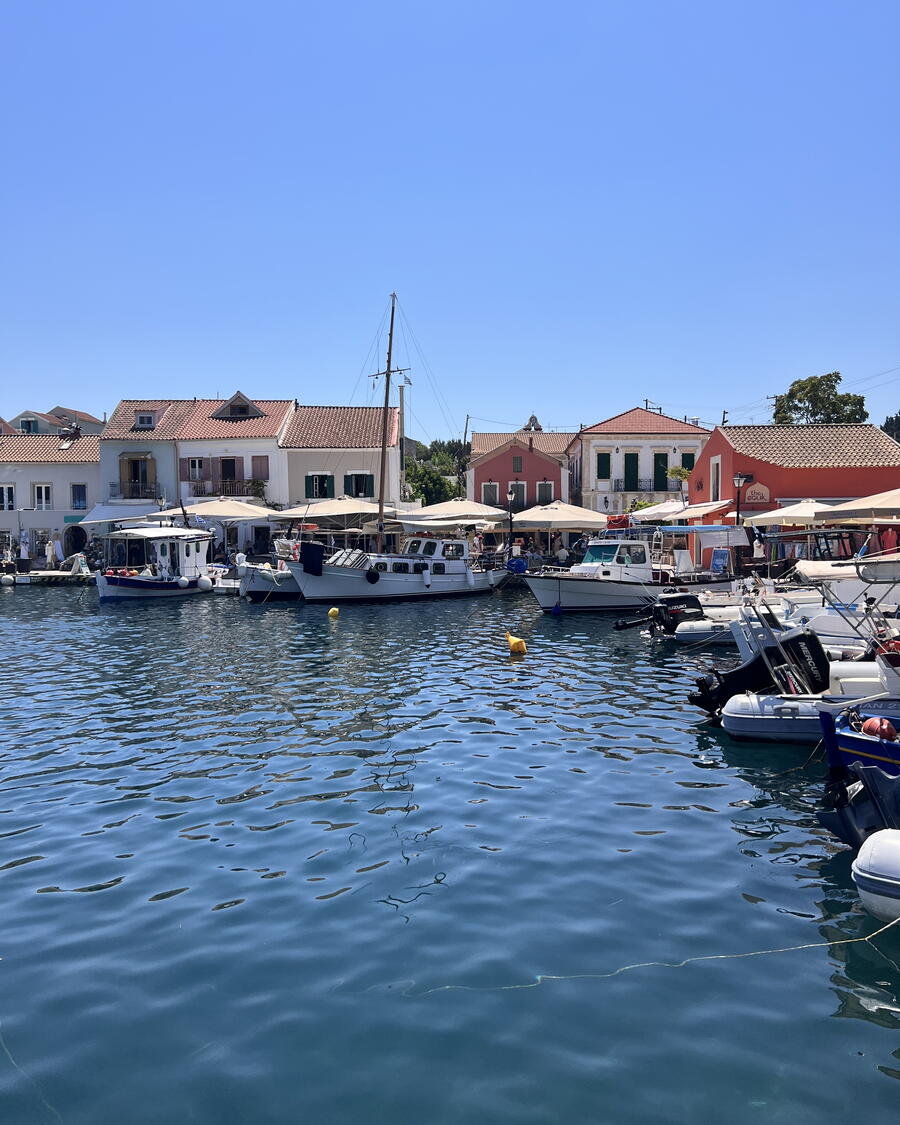
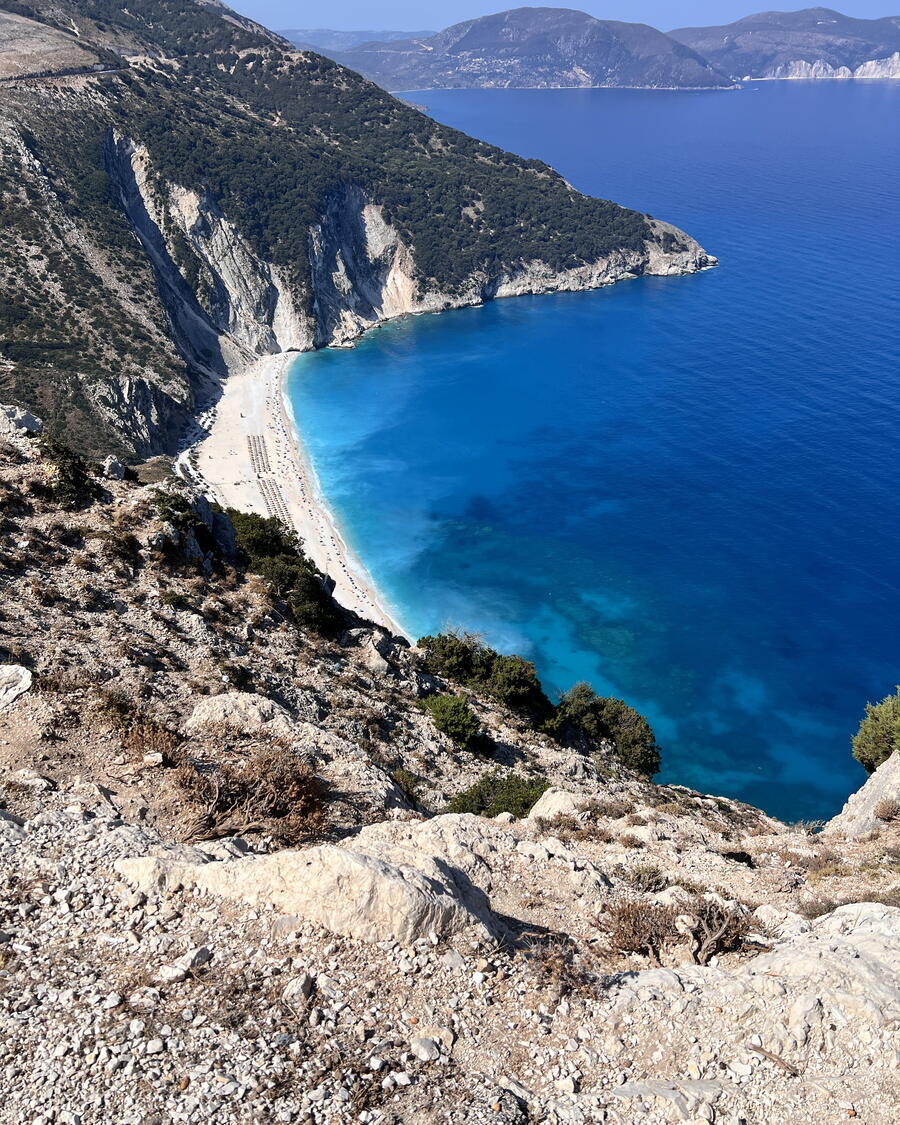
Fiskardo: a playground for the wealthy
Out of all the islands and places we visited in Greece, this was probably my favorite stop. Its landscape was dramatic, with sheer cliffs dropping hundreds of feet to the jewel-blue ocean. We docked in Fiskardo, a tiny, sloped village with a crescent-shaped bay and colorful terracotta buildings. It’s a favorite destination with celebrities and the upper crust, like Madonna and Tom Hanks (whose wife is of Greek descent).
Our guide, a British expat named Louisa, informed us about Kefalonia as we headed to the Drogarati Cave. Much of the island is mountainous, but there are pockets of flatland where agriculture flourishes. We passed Assos, an island with a castle constructed by Venetian settlers. It’s now known for its village, which resembles a mini version of Fiksardo and is docked with yachts and sailboats. Perhaps more impressive than Assos was Myrtos, a beach we viewed from high above on a cliff, where we could also see the stunning shades of ocean blues.
The Drogarati caves don’t take very long to see. We descended a steep and winding staircase to reach the top, where more stairs awaited us to reach the flat bottom. The cavern features a circular opening that once held musical concerts because of its superior acoustics. Because of expense and logistics, they don’t have those anymore. But many of the stalagmites and stalactites we saw were dramatic enough, especially with dramatic lighting that highlighted their shapes.
